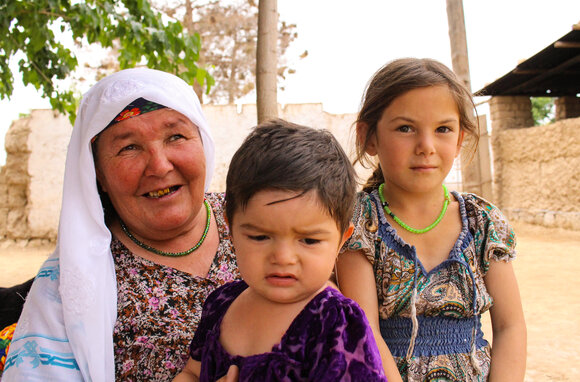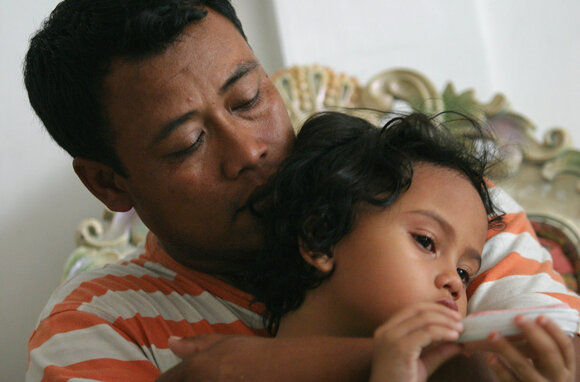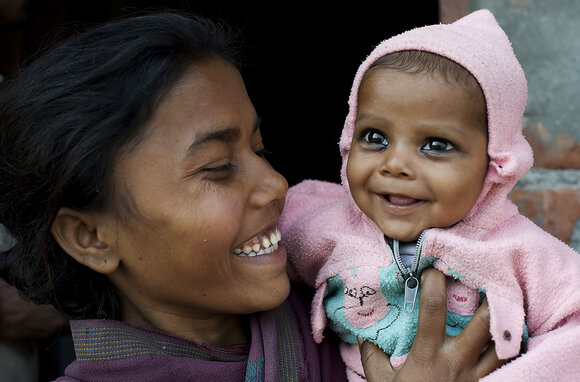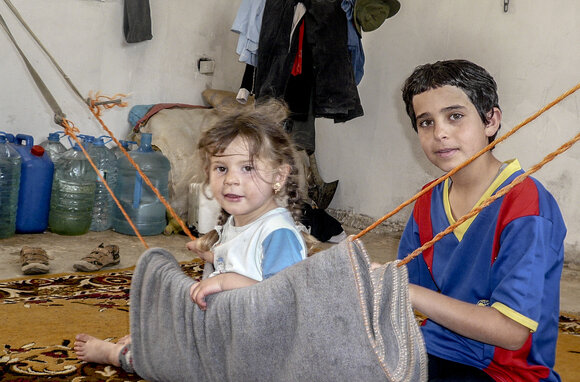
This page contains documents and other resources related to children's care in Asia. Browse resources by region, country, or category.
This page contains documents and other resources related to children's care in Asia. Browse resources by region, country, or category.




Displaying 121 - 130 of 1810
In this best practice article, the challenges faced by these children with disabilities and the potential for inclusion within the CCI are discussed based on the field action project intervention of the Tata Institute of Social Sciences (TISS), Mumbai, with selected government CCIs. The article suggests a multi-pronged intervention approach for the Children with disability (CWD) at the levels of the individual CWD, peer group, CCI and the juvenile justice (JJ) System, which are together recognised as the stakeholders of an ‘inclusive ecosystem’. The article arrives at the ‘Inclusive Ecosystem Model of Rehabilitation’ by drawing from the individual–environment interaction model of disability.
Malaysian children, especially teenagers, are becoming anxious and depressed from spending too much time online with classes and socialising limited mostly there, a new study finds.
JAIPUR: The help desks for children have been working during pandemic to deal with issues faced by the minors. Jaipur railway child help desk officials claimed that while the number of cases have reduced compared to previous years, they are getting higher number of runaway cases.
Indonesia’s Ministry of Women Empowerment and Child Protection (KPPPA) recorded a sharp increase in human trafficking cases during the pandemic with 256 victims in 2021, compared to 213 in 2020 and 111 in 2019.
That India abandoned 6,459 babies between 2016 and 2020 does not surprise Smriti Gupta, a proud mother to two adopted children. "Likely, the actual number of abandonments is much higher," says Gupta, CEO and co-founder of Where are India's Children (WAIC), a Pune-based non-profit that is trying to create awareness about the invisible deserted and orphaned kids who never make it into India's legal adoption pool chiefly because vulnerable parents and guardians do not know that they can safely surrender the child at adoption agencies instead of leaving them at shelters.
This article looks at the role of the State of India in ensuring the wellbeing of those it has the responsibility to protect. These include people who have suffered violence, indignity, hunger and life-threatening circumstances. The five-year planning of state and district plans have utilised more resources than it has produced outcomes and output. In this article the authors have compiled lessons learned from strategies that can enable duty holders to emerge as more responsible actors during the COVID-19 pandemic.
This study combines a quantitative overview of the leading indicators of well-being among children and young people in cities, with a qualitative, in-depth understanding of how daily life is perceived and experienced by the urban young. The quantitative analysis has predominantly employed existing national data sets, such as The National Socioeconomic Survey (SUSENAS) and the Indonesia Demographic and Health Survey (IDHS), to understand the situation of children in urban settings. The secondary analysis assessed approximately 20 indicators that are based on the SDG/Sustainable Development Goal themes, and that align with the Indonesian National Medium Term Development Plan 2020–2024. The combination of secondary analysis, a systematic literature review, and consultations with children and young people generated insights on the constraints and opportunities faced by them and their broader urban communities.
DHAKA: Bangladesh will overhaul its school curriculum and introduce a new subject covering reproductive health as the country addresses its biggest surge in child marriage in more than two decades, top education officials have said.
"Left-behind children" refer to children whose parents or one of them go out to work in the city all year round. Due to the education conditions in the city, they stay alone in the countryside. Because they are separated from their parents all the year round, the lack of good family education in their growth environment has brought many negative effects on their growth and also caused more serious social problems. It can be seen that the research on the family education of left-behind children in rural areas is very necessary. Therefore, this study takes G Village in Guizhou Province as an example. This study includes literature review and a interview of 40 left-behind children and 20 guardians in G Village, Guizhou Province. Also, the physical and mental health and safety hazards of left-behind children and their causes were analyzed.
For years, specialists have been sounding the alarm about the dangers of collecting and failing to secure data on the world’s most vulnerable.